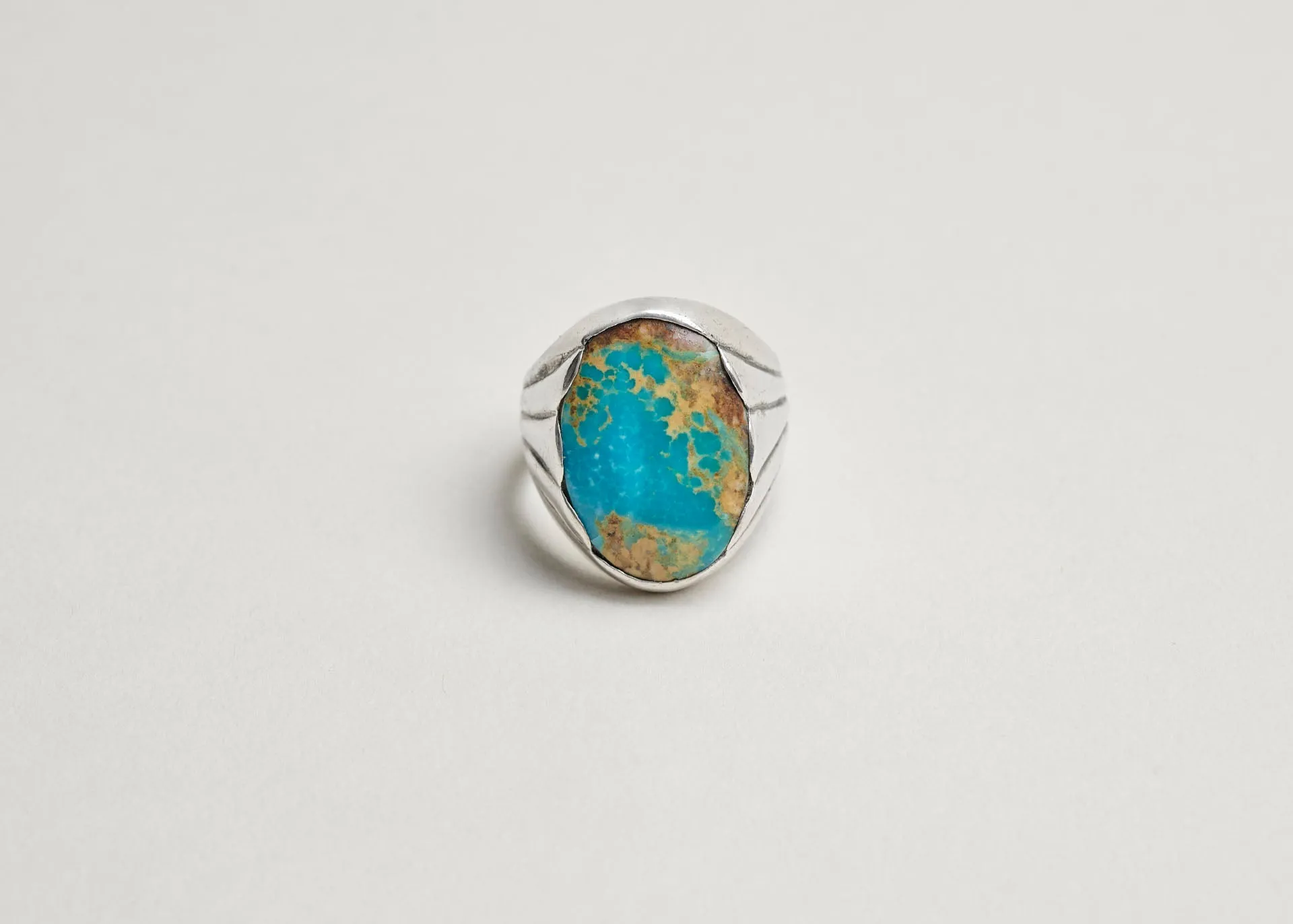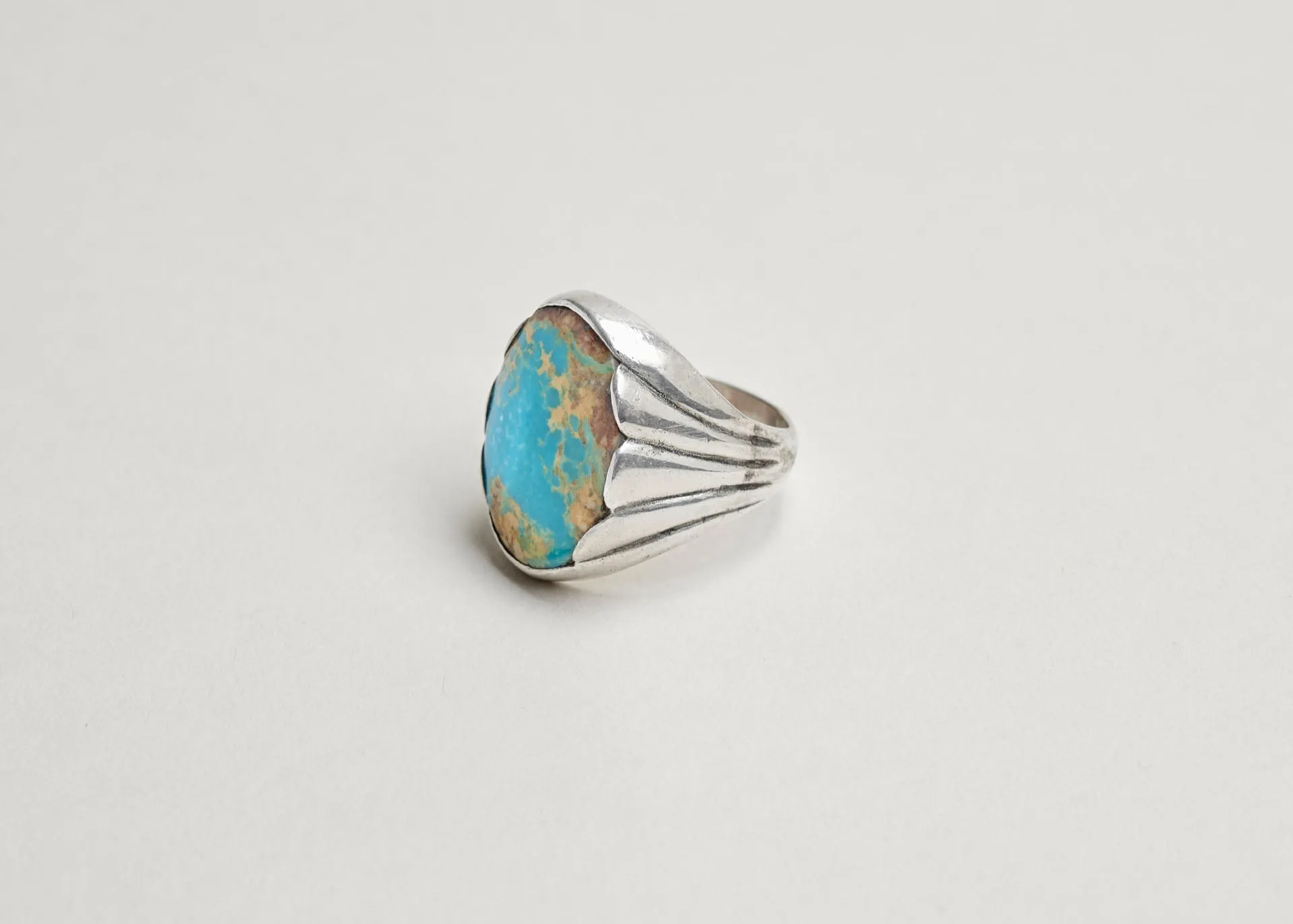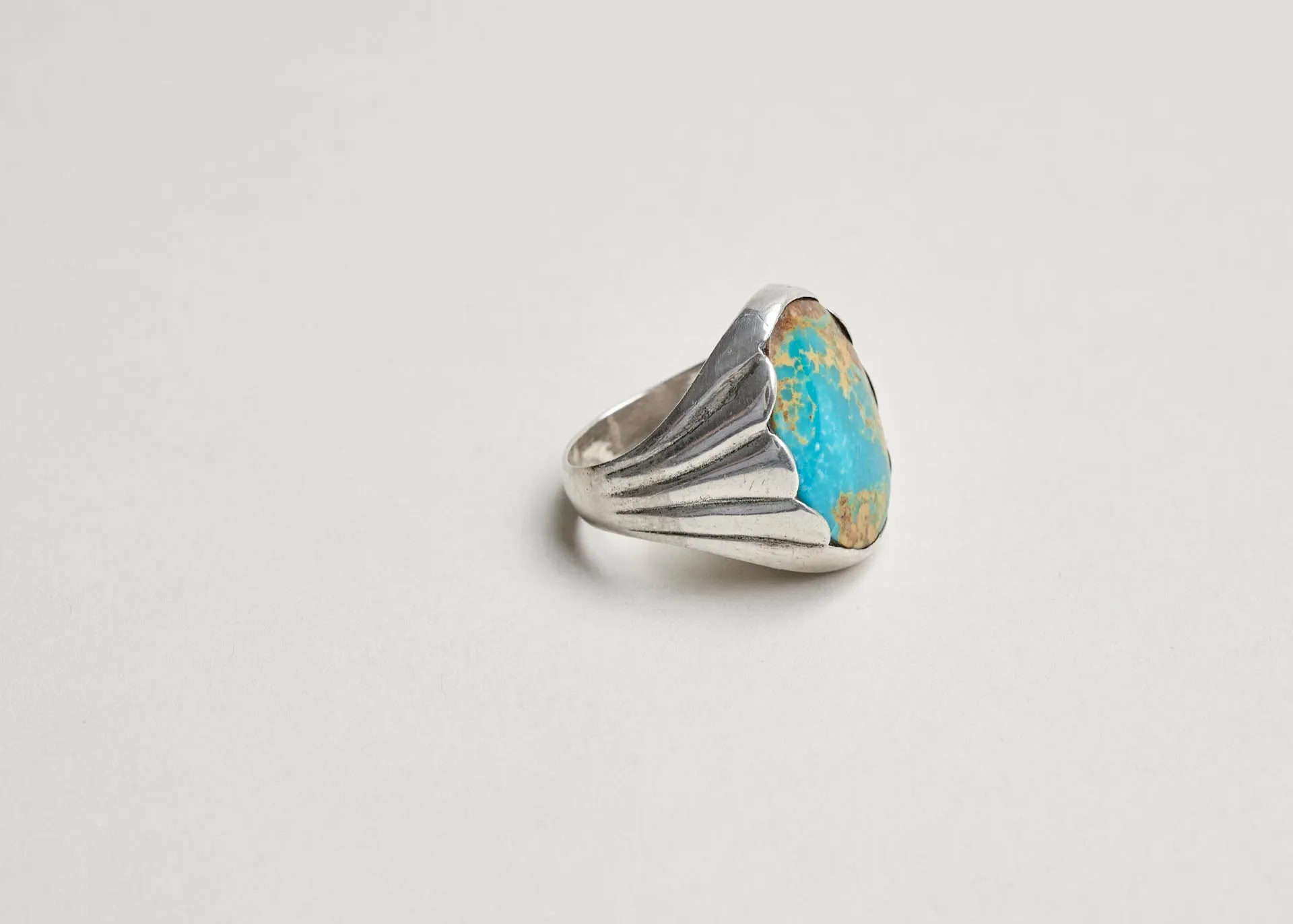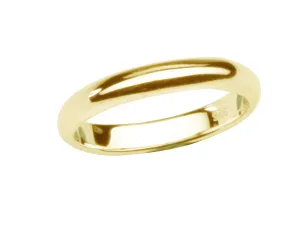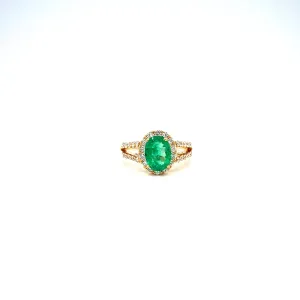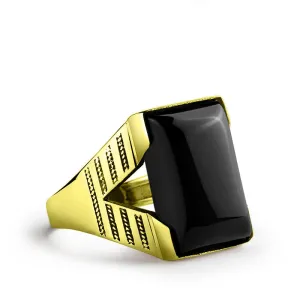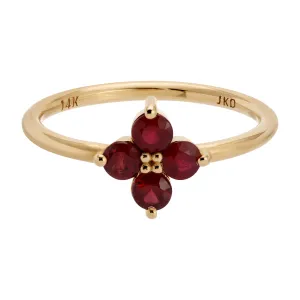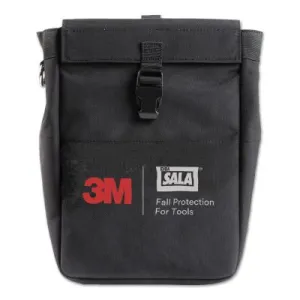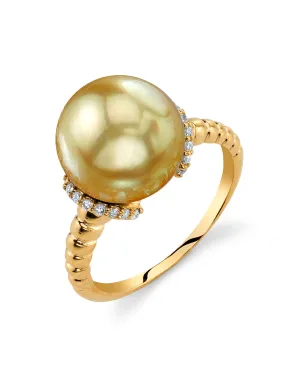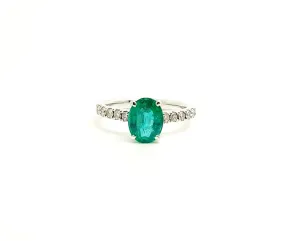A large oval cabochon turquoise silver ring set into a scalloped edge ring. This ring has a great presence on the finger and is dictated by the beauty of the large and polished turquoise center stone. With a stone like this there is not much cause to add any stamping or excessive detail to the mount. The stone is so eye catching and vibrant that any adornment would detract from its beauty.
The style of this ring is that of the Navajo Native American tribe, and was made by a jeweller from this tribe. The Navajo tribe, now located in occupying portions of northeastern Arizona, southeastern Utah, and northwestern New Mexico, was the first Native American group to learn Mexican silversmithing techniques. Navajo artist Atsidi Chon then taught the art to a member of the Zuni tribe.
For the Native American culture, Turquoise signified water and sky, for bountiful harvests, health and protection turquoise and was also used to visually showcase their individuality, rank and history.
The turquoise stone set into the ring is thought to be ‘Blue Gem’ turquoise. This material came from a mine that is approximately six miles south of Battle Mountain, Nevada. Consequently, it is within a large copper-mining operation. Blue Gem is almost every shade of green and blue from intense blues to deep green combinations with a hard, irregular matrix. Of the multiple Nevada “Blue Gem” mines, the Battle Mountain Blue Gem mine, which begins production in 1934, yields the most valuable Blue Gem turquoise due to its rich color and hardness. This mine is no longer in business. This is a stunning example of the stone in wonderful condition.
The ring is marked both "sterling" and signed with the makers pictoral mark stamped into the inside of the shank. The maker could be identified, but is believed to be a Navajo silversmith. The ring is a size 12.75. This ring can be sized to any required size via the back.

